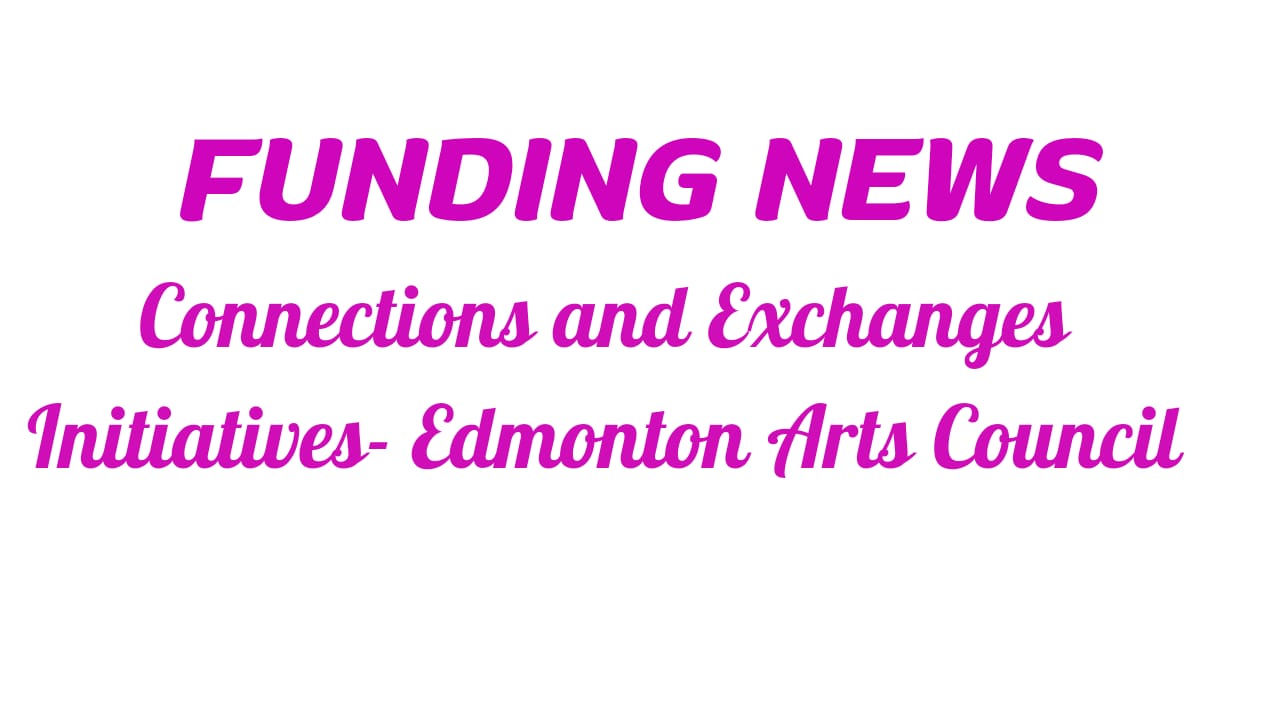
Big Conversations with Giselle General tonight at 8pm
Welcome back to the Edmonton City Council segment!
I’m your host Giselle General and I’m here to share some insights and valuable information to help you feel more engaged and informed about our city government so you can make the impact you want to see.
First off is our Rapid Fire Segment.
Here’s a summary of what’s been happening in the city that I highly recommend you keep an eye on.
- City Council made a decision recently that children under the age of 12 can ride transit for free even if they are not accompanied by a fare-paying adult. These are ongoing updates about making transit accessible for all. In the past, children needed to pay a cheaper fare, and then not too long ago, they can ride transit for free, but only if they are accompanied by an adult who is paying. The administration is expected to present a revised transit fare policy during November budget discussions.
- Since winter is here and snow has stuck on the ground, the City announced improvements to the Snow and Ice control process, where the goals are better consistency, more equipment, more frequent maintenance in residential areas, additional sandboxes and changes with cutting back on windrows after getting a lot of complaints from last year. The Parking Ban notification process has also improved; anyone can sign up for an automated email reminder, the city website will have reminders, and public transit buses will continue to have it on their digital signs.
- Also, due to the weather, the city usually stops construction once the snow stays on the ground. The city has wrapped up its 2022 capital construction season, calling it “one of the most ambitious capital seasons in history.” This year, Integrated Infrastructure Services worked on 302 projects, 70% on schedule and 92% on budget. The city also expects to complete three neighbourhood renewal projects by the end of the year. Regarding the delayed Valley Line Southeast LRT, TransEd is fully responsible for all repairs, including all costs.
- It has been five years since the downtown arena opened and the Northlands Coliseum was officially closed, but there’s still no confirmed date or details on when the coliseum will be demolished. Demolishing the building is estimated to cost around $35 million. Maintaining the Coliseum in its current form will cost the city about $1.25 million this year. Development of the surrounding area, the Exhibition Lands, is already ongoing.
Next, I want to talk about how to Share Your Insight! Many of us in the city want to give feedback so that our policymakers, the city council, consider our perspective when making decisions. There are several ways to share your insight and make your voice heard!
Tonight I wanted to talk about a topic that you should share your insight about, as well as methods on how you can get your voice heard. It is the upcoming 4-year budget for our city!
This budget has three categories, first is the Capital Budget which is about the infrastructure that the city plans to build, such as roads, sidewalks and other buildings.
Second is the Operating Budget, which is about city departments and programs and the staff needed to keep them running, such as the libraries, garbage, snow clearing, police, and more.
Finally is the Carbon Budget – the first of its kind, which analyzes the different actions that the city plans to take so that we can address climate change.
The draft copies of these three documents are available online for anyone to read and analyze. It’s on the City of Edmonton Website – City Governance – Budget and Finances section. The interesting thing about the documents is that it lists all the items that were already allocated in the budget, as well as other items that are proposed but are not technically in the budget yet.
These are called Unfunded Service Packages. So if you see something under the Unfunded Service Packages that you think is important, you can speak up and ask the City Council to consider a tradeoff to fund this one in exchange for removing another.
How can you speak up about this?
You have a few options. First, you can contact the mayor and/or your city councillor anytime. Second, if you are part of a nonprofit organization, advocacy group, or advisory committee, depending on how you are set up, you may have an opportunity to use other channels. For the Transit board, we are drafting an official letter sharing our thoughts.
My final suggestion is this activity called Public Hearing.
It’s not something happening at the courthouse, and no one is getting executed, I promise! What it simply means is that it’s a dedicated time for members of the public to sign up and do a speech in front of the City Council about the topic that is being discussed, which in this case, is the Budget.
City Council has dedicated two days for this, and you can pre-register ahead of time on Public Hearing Day, you wait your turn to speak and be asked questions by the council. I participated in this for the first time in 2018 during the previous budget cycle, and it was a memorable experience.
Public Hearing is on November 28 and 29, and final decisions will be debated and confirmed by mid-December. So here’s your chance to get your voice heard.
Now I want to talk about the City of Edmonton’s ABCs!
What are the ABC’s?
It stands for Agencies, Boards and Commissions!
They consist of a group of people who apply and are appointed to make decisions or give advice to the city on certain topics.
I have applied and currently volunteer for one, for the Edmonton Transit Service Advisory Board, as I am passionate about improving our bus and LRT service in the city, which is a responsibility of the municipal government.
I want to share about the next ABC on the list, which is the Edmonton Youth Council! For this committee, the age range of eligible members is between 13 and 23 years old.
They are structured a bit differently to provide as many young people as possible the opportunity to get involved. They have 24 board members and also have Youth At Large positions with numerous members. They had 85 members last year. What tends to happen is that some of those who first sign up as Youth at Large eventually become one of the board members.
They also have their own dedicated webpage and very active social media platform for people who want to learn about what they do beyond the official documents submitted to City Council. Just a short list of the many topics they touch on are, collaborating with existing agencies to tackle the issue of mobility and climate change, explaining to the government the long-term impact of policies on youth and young adults, as well as an initiative they called Youth Tacking COVID-19.
The recruitment period for the Youth Council is a bit different; it happens in May.
I think it makes logical sense because it aligns better with the winter semester, and post-secondary students can decide right after their final exams in April if this is something they might want to consider applying for. Just like with the other boards, the application is online through the recruitment webpage for the City of Edmonton, the same one used for job applications.
And now, I want to end our civic education segment with our final topic called 311 At Your Fingertips.
You might be wondering, what is 311?
Here in Canada, in Edmonton, you might have heard of several 3-digit contact numbers for various needs, like 211, 911 or 811. 311 is for our municipal government, a method for anyone to file complaints and concerns that you see that are under the responsibility of the city government. 311 is more than just a phone number, you can send an email, and there’s an app as well.
Last month I talked about how on the app, you can track whether your request has been completed or not. But those are only the requests that are filed through the app. Did you know there’s a page online called Citizen Connect where you can track different things that are happening or are filed around you?
This interactive web-based map can show you different facilities, development permits if you see something being constructed or demolition and 311 requests.
Once you pick criteria, let’s say you want to see the 311 complaints on litter in public spaces that are still open. Once you check off those options, they will appear on the map, and for each data point, you can click it and see the date and time of the report, the exact location, and the reference number for each one.
Or you can load multiple types of data categories. As an example, you can make the map display all the city attractions and amenities, child-friendly businesses and spray parks at the same time, and then also make the map show 311 complaints for vandalism, potholes and litter. Then you can visualize them all at the same time.
Whether you are interested in data analysis, or governance, or an everyday person who wants to see how these pieces of information are tracked, Citizen Connect is a user-friendly way to see 311 data combined with other useful information. The webpage is https://connect.edmonton.ca/.
That wraps up our segment on Edmonton City Council! I’m your host, Giselle General, your everyday Engaged Edmontonian and I’ll see you on the next episode!
Giselle General is our monthly columnist and every day Edmontonian.





